Introduction
Artificial Intelligence has taken a giant leap forward with the release of OpenAI GPT-4o, a revolutionary multimodal AI model that enhances how humans interact with machines. From processing images to understanding speech and text in real-time, GPT-4o sets a new benchmark in AI technology, offering enhanced performance and broader applications compared to its predecessor, GPT-4. The question on everyone’s mind is: What makes GPT-4o such a game-changer?
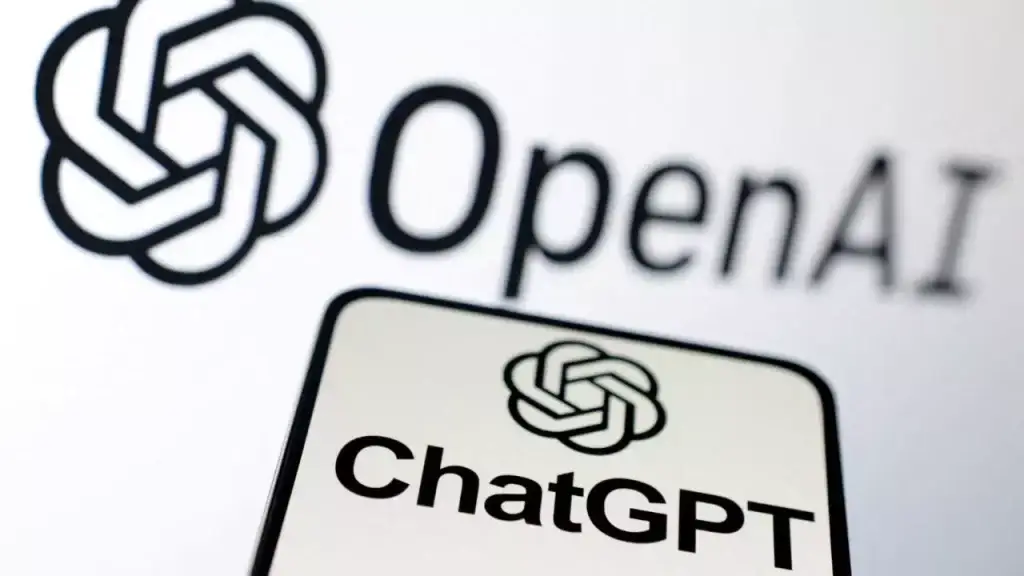
In this article, we will delve into the features, capabilities, and applications of GPT-4o, highlighting its transformative potential across industries. Whether you’re an AI enthusiast, a developer, or a business looking to integrate advanced AI tools, GPT-4o offers exciting opportunities. Let’s explore what this model can do and why it is shaping the future of artificial intelligence.
What is OpenAI GPT-4o?
OpenAI GPT-4o is the newest flagship multimodal AI model that succeeds GPT-4. Building on the strengths of its predecessor, GPT-4o excels in not just text-based tasks but also in processing visual and audio data, all in real-time. The model’s architecture integrates various inputs, allowing it to understand and interact across multiple mediums—making it ideal for complex AI tasks that require diverse data streams.
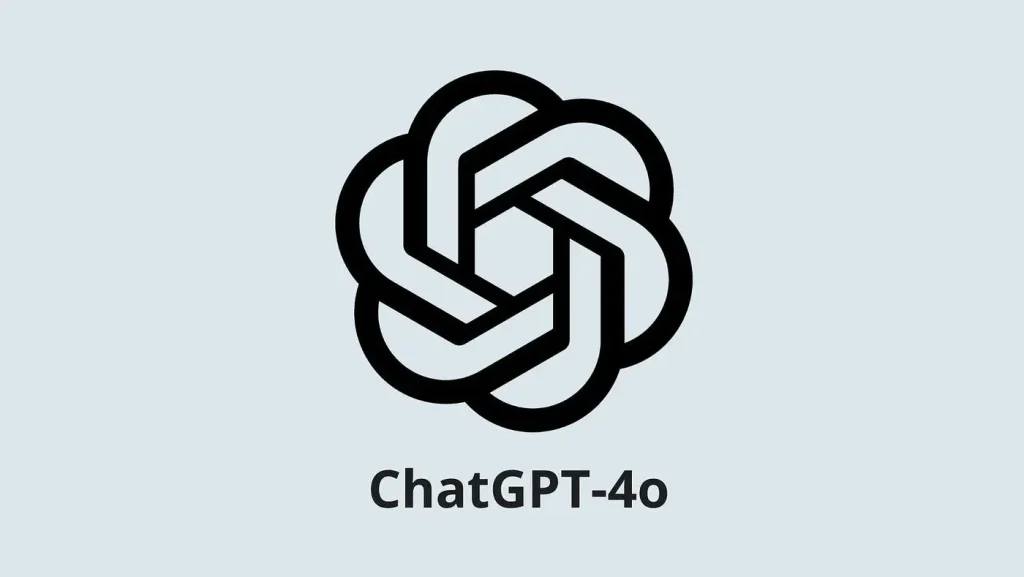
GPT-4o offers several improvements in areas such as language processing, visual recognition, and even voice interaction. It can analyze data, generate content, and provide responses with an unprecedented level of accuracy and efficiency. This enhanced performance positions GPT-4o as a versatile AI solution for various industries, from customer service automation to content creation and beyond.
Key Features of GPT-4o
Multimodal Capabilities
One of the standout features of GPT-4o is its ability to process and respond to text, audio, and images simultaneously. Unlike earlier models, which primarily focused on text, GPT-4o integrates these modalities to deliver a richer, more dynamic interaction experience. For example, users can now upload a photo or speak into the model and receive detailed insights or responses in real-time.
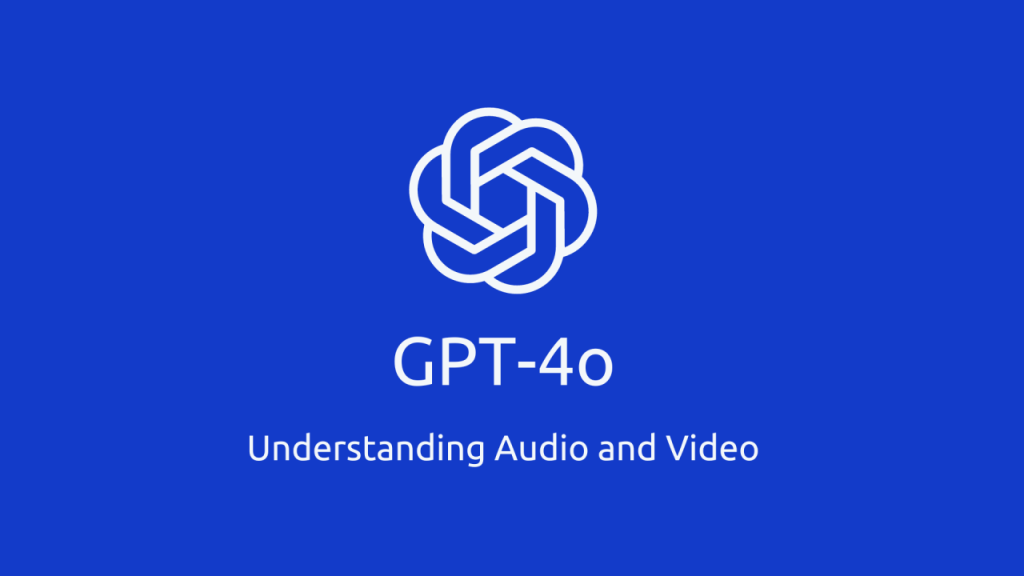
This multimodal functionality makes GPT-4o perfect for scenarios where different data types need to be analyzed together. In fields like healthcare, education, and entertainment, this ability could radically enhance how professionals interact with AI, leading to better insights and decisions.
Real-Time Voice Interaction
GPT-4o brings an advanced voice mode that allows for natural, real-time conversations. This voice interaction capability is particularly useful for customer service, voice assistants, and accessibility tools. With advanced language understanding, GPT-4o can not only respond in natural, conversational language but can also adjust its tone, pace, and style to suit the conversation’s context.
Imagine a scenario where a customer calls a support line and speaks to an AI that sounds almost indistinguishable from a human representative. GPT-4o’s voice functionality brings us closer to that reality.
Enhanced Text Understanding and Generation
Though multimodal, GPT-4o still excels at handling text-based tasks. It’s faster, more efficient, and more capable of understanding complex queries, summarizing lengthy documents, and generating coherent responses compared to earlier versions. It can answer questions, assist in content creation, and even develop detailed technical explanations.
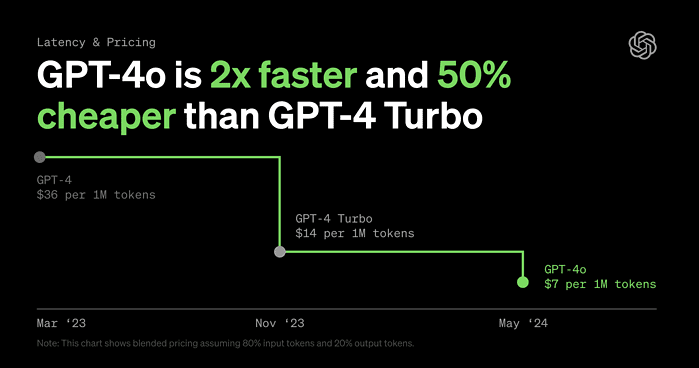
For example, you can use GPT-4o to write blogs, generate code, or provide summaries of complex datasets—all while ensuring a high degree of accuracy and relevance.
Applications of GPT-4o Across Industries
Healthcare
In healthcare, GPT-4o’s ability to process multimodal inputs can be leveraged for medical diagnostics, telemedicine, and patient communication. Medical professionals can upload patient images or voice notes for detailed analysis, while patients can interact with healthcare bots in a more intuitive, accessible way.
Education
GPT-4o is poised to revolutionize education by offering real-time learning assistance. Its multimodal capabilities allow it to read text, recognize images (e.g., solving math problems from a picture), and respond to voice commands. Students can upload their assignments for evaluation, and educators can use it to create interactive learning materials.
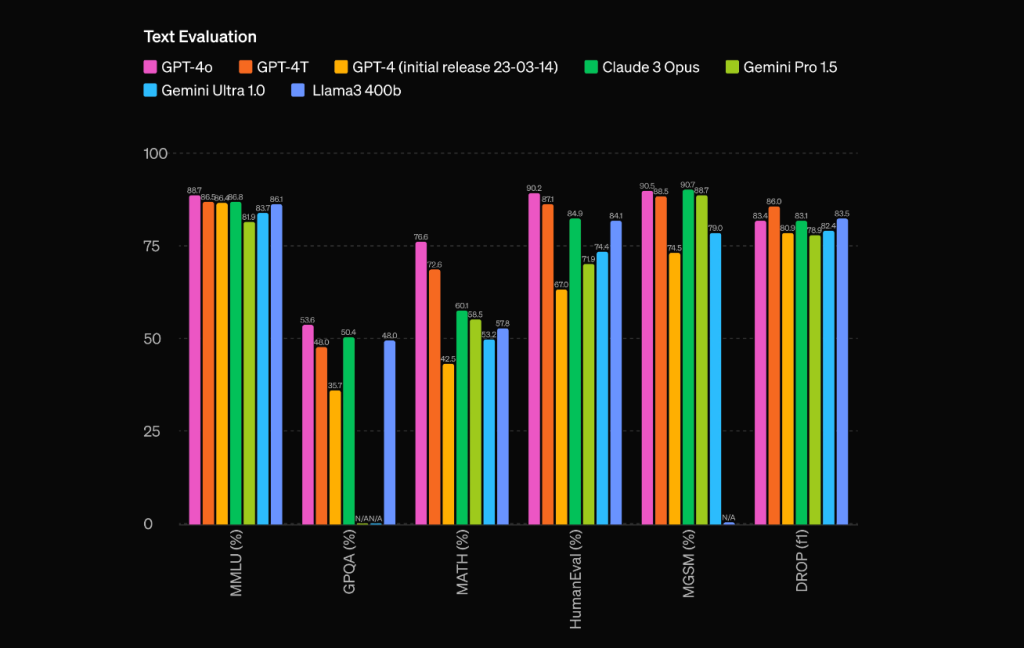
Customer Support
AI-driven customer support systems will become significantly more responsive with GPT-4o. Companies can use the model to offer more human-like interactions through text or voice, handle image-based queries, and provide real-time support across multiple channels.
Creative Industries
Artists, designers, and content creators can benefit from GPT-4o’s abilities to generate creative content from different inputs. Whether it’s crafting a story based on a photo, generating artwork from text prompts, or providing voiceovers for animations, GPT-4o opens up new creative possibilities.
How GPT-4o Improves Upon GPT-4
While GPT-4 was an impressive leap in AI, GPT-4o improves upon it in several significant ways:
- Speed and Efficiency: GPT-4o processes inputs much faster than GPT-4, especially in tasks involving large datasets or real-time interactions.
- Voice and Vision Integration: GPT-4o’s ability to handle both audio and visual inputs in conjunction with text provides a seamless multimodal experience. This represents a significant upgrade from GPT-4, which was predominantly text-focused.
- Broader Language Support: GPT-4o supports over 50 languages, making it an effective tool for global applications. This opens up the potential for more inclusive and accessible AI tools for users around the world.
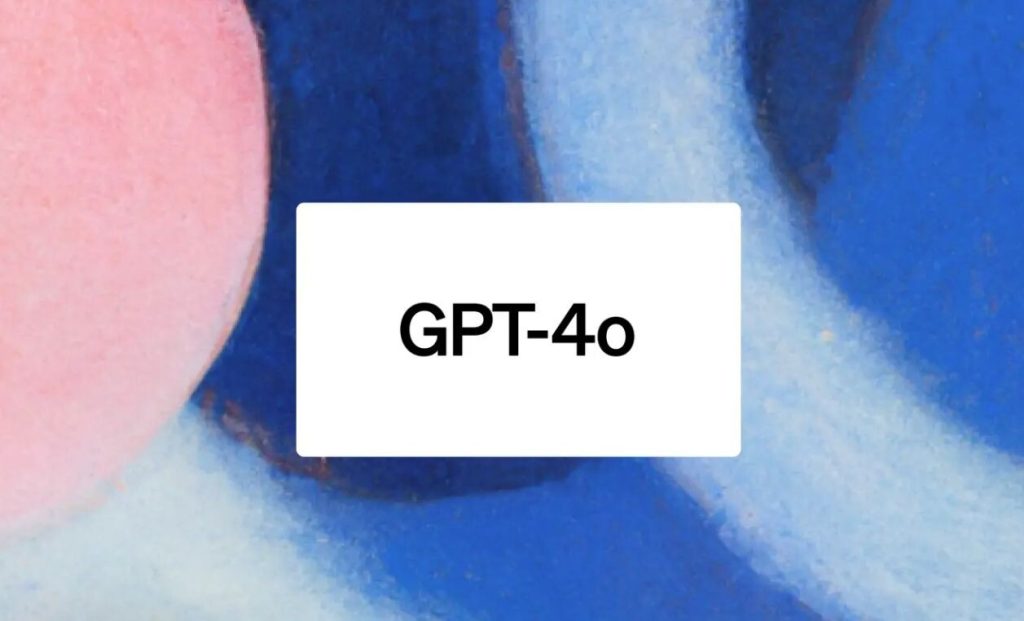
Challenges and Future Outlook
While GPT-4o represents a major leap forward, it does come with some challenges. One of the primary concerns is the ethical use of AI, particularly when it comes to voice imitation and deepfakes. OpenAI has already faced scrutiny over the use of voices that bear striking resemblance to famous personalities, raising questions about intellectual property and consent.
Furthermore, managing data privacy and security remains critical, especially in industries like healthcare and finance. However, OpenAI has been proactive in addressing these concerns and is continually working to improve the safety and transparency of its models.
Looking ahead, GPT-4o is expected to evolve even further, with more natural voice interactions, the ability to process video data, and improved contextual understanding in real-time applications. As more industries adopt this technology, the landscape of AI-driven tools and solutions will continue to grow.
FAQs
What is GPT-4o?
GPT-4o is OpenAI’s latest multimodal AI model, capable of processing text, audio, and images for real-time interactions.
How does GPT-4o differ from GPT-4?
GPT-4o builds on GPT-4’s foundation by adding advanced capabilities for voice and image recognition, faster processing, and broader language support.
Can GPT-4o understand multiple languages?
Yes, GPT-4o supports over 50 languages, making it highly versatile for global use.
Is GPT-4o available for free?
Yes, GPT-4o is available for free with certain limitations, although premium users have access to more advanced features and higher usage limits.
What industries can benefit from GPT-4o?
GPT-4o has applications in healthcare, education, customer support, creative industries, and more.
Is GPT-4o safe to use?
OpenAI has implemented several safety measures, but ongoing efforts are required to address concerns around privacy, ethical use, and security.
Conclusion
OpenAI‘s GPT-4o marks a significant advancement in the field of artificial intelligence, offering transformative potential across a range of industries. Its multimodal capabilities, speed, and efficiency open up new possibilities for real-time, dynamic AI interactions. As it continues to evolve, GPT-4o is set to shape the future of AI-driven technology, offering innovative solutions to both everyday users and businesses alike.



